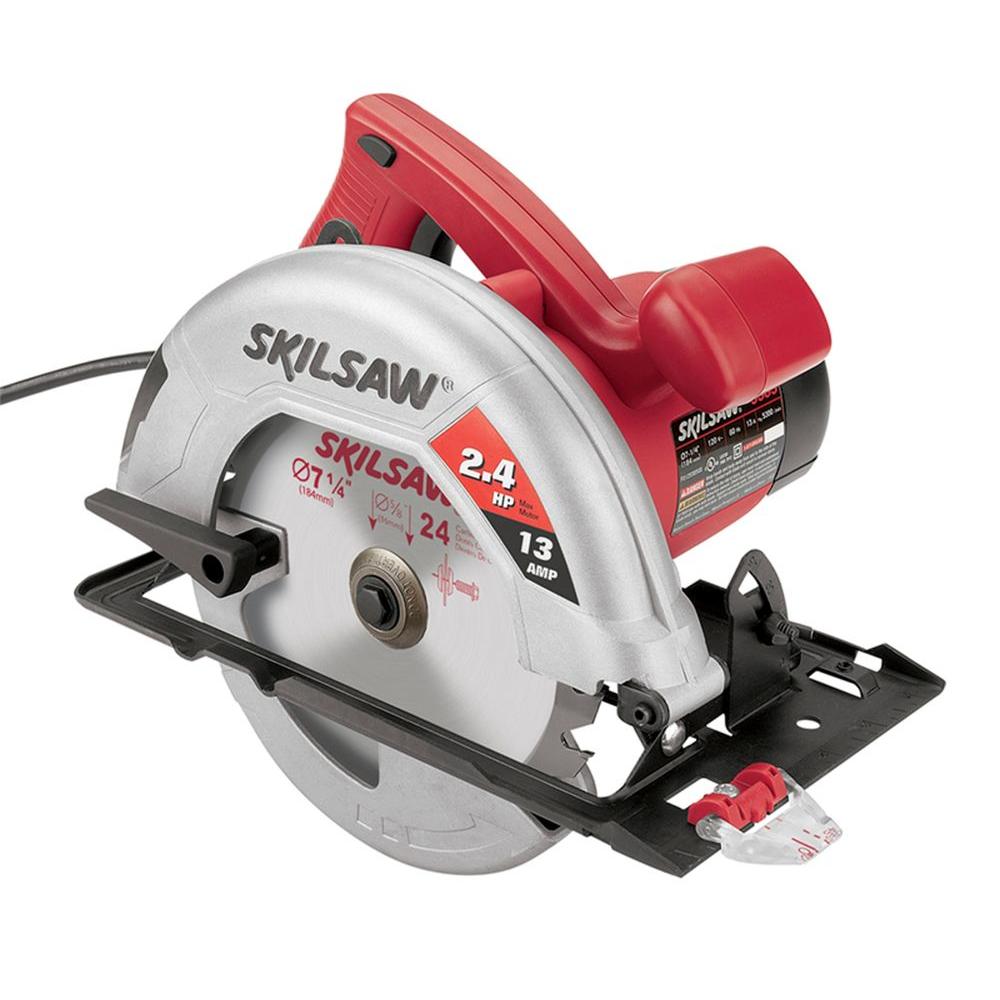So, did you just confirm there will be a P7HD tuning/terminus designed?
yes. I expect i will get P7HD, P7PHD, A7ms vents at a minimum. Any other drivers anyone would like explored?
dave
The "vintage gold" would have looked better in my speakers, but it would have cost me another $50 CAD. After paying $71 USD for shipping I think the silver will be just fine. I'll probably get slapped with some duty/taxes before it is all said and done, too.
Last edited:
Having built a few of the Micro-Tower designs, my only comment would be that the Castle style with top angled forward to the room at anywhere from 5 - 10dg has a lot of room placement advantages over the flat-top.
But of course that would only apply to new builds - which with a properly outfitted shop could take less than a day before first listening test.
But of course that would only apply to new builds - which with a properly outfitted shop could take less than a day before first listening test.
For a lot of us with limited tools and skills, right angles make things infinitely simpler. I made my microTowers with one of these:

And a whole bunch of clamps, of course!

And a whole bunch of clamps, of course!
With any luck, I'll receive my Pluvias some time over the Holidays and I can try them out in my microTowers. They've been shipped, but the mail systems are busy, busy.
Dr. Lindgren,
Did you happen to work out any new microTower tunings?
I have not received my 4 Pluvia 7HD drivers yet, but I'd like to begin planning/preparing/gathering materials to do my retrofit.
Did you happen to work out any new microTower tunings?
I have not received my 4 Pluvia 7HD drivers yet, but I'd like to begin planning/preparing/gathering materials to do my retrofit.
I'm also on board as I ordered 4 of the 7HD drivers. Hope you get your set soon Cogitech. My set rests quietly in the basement for now.
Right on, Signal! You could hook them up to an old receiver or amp and run them real quietly down in the basement for a couple hundred hours of break in. That way they'll be ready to rock once they are installed in a cabinet.
This process used to be really pushed by Mark Fenlon. I am not sure if he is still so adamant about it, but it sure won't do any harm.
This process used to be really pushed by Mark Fenlon. I am not sure if he is still so adamant about it, but it sure won't do any harm.
Same breakin required for all but the single suspension drivers (A5.2/7ms/11ms) which are touted to need about a tenth the break0-in. I still put 2-300 Hrs on them right out of the box.
dave
dave
Have any of you guys had samples of the CHN70M metal driver yet? I m guessing this new driver is aimed squarely at the EL70 fans and I suspect will sound immense in the castle towers? It looks like a very promising driver especially if you can’t hear anything above 14khz like me.
No, I haven't had chance to look at it properly yet. I will do so over the next day or so though.
The CHN70M was somewhat delayed I believe for obvious reasons, but I'll see if I can have a word with them before CNY and find out what the current status is.
The CHN70M was somewhat delayed I believe for obvious reasons, but I'll see if I can have a word with them before CNY and find out what the current status is.
It is never a good idea to poke a moose, so please consider this more of a wink or a nudge, Doc.
It looks like I might actually receive my Pluvia 7.2HD in the next week or two. I've been reverse engineering some tunings for the retro-fit into my microTowers by modelling the tunings for EL70 and CHR-70 in WinISD and then playing with the Pluvia 7.2HD in there to get similar response, phase, group delay...
Obviously this is sub-optimal, but it is the only software I understand and can use effectively. I could combine this with trial and error to get something "satisfactory", but a proper tuning calculated by the master would certainly be better. 😉
It looks like I might actually receive my Pluvia 7.2HD in the next week or two. I've been reverse engineering some tunings for the retro-fit into my microTowers by modelling the tunings for EL70 and CHR-70 in WinISD and then playing with the Pluvia 7.2HD in there to get similar response, phase, group delay...
Obviously this is sub-optimal, but it is the only software I understand and can use effectively. I could combine this with trial and error to get something "satisfactory", but a proper tuning calculated by the master would certainly be better. 😉
Last edited:
From Scott,
dave
Microtower, for the P7HD & P7PHD, hold duct diameters as-is, and reduce length to 1 5/8in
dave
- Home
- Loudspeakers
- Full Range
- microTower Revisited
